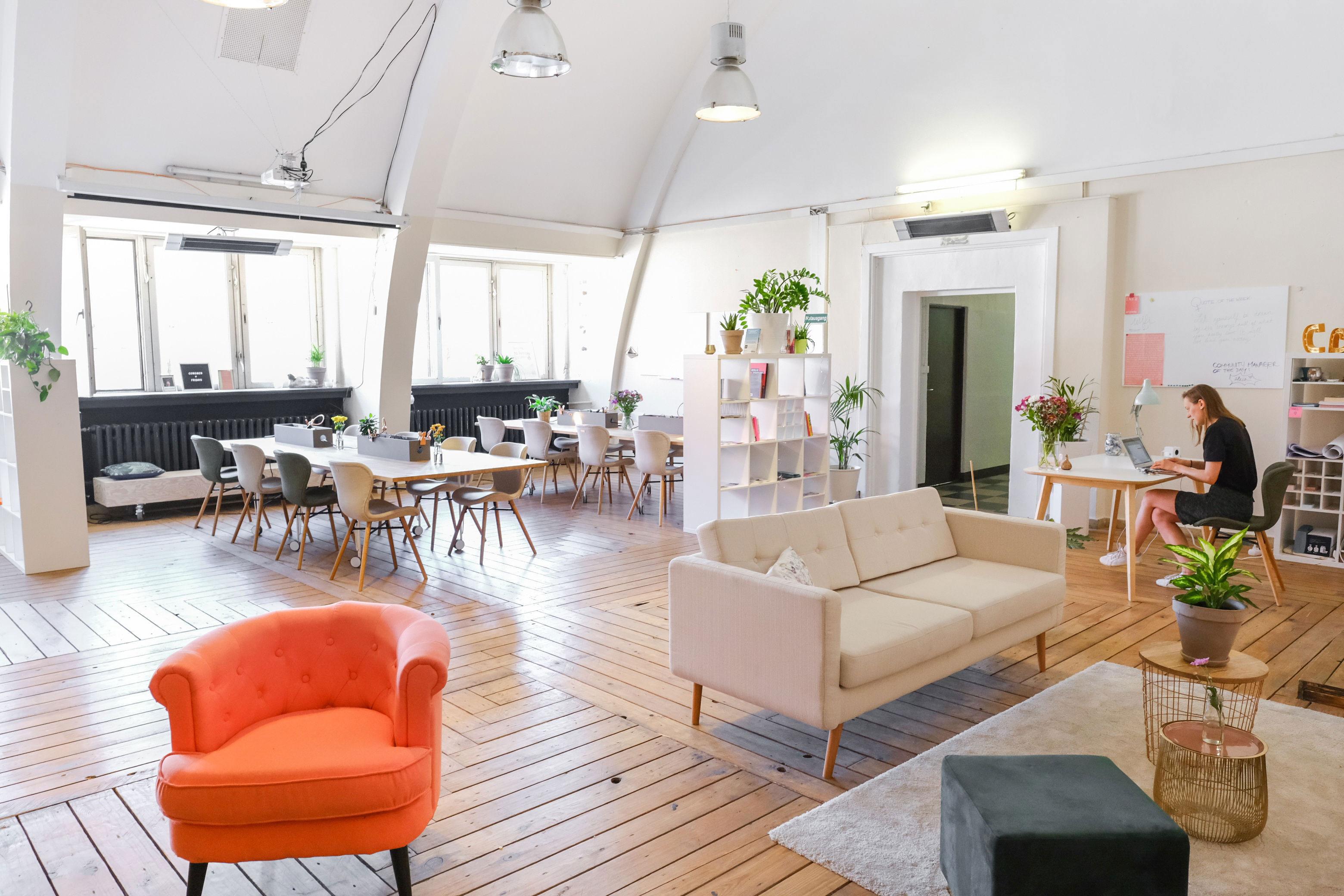3 reasons why co-living spaces are finding takers in Asia’s economic hubs
Asia is home to 21 of the world’s 30 largest cities. It is responsible for 38% of the global output of goods and services. By 2020, the continent will be home to half of the world’s middle class and Asian economies will be larger than the rest of the world combined1. In short, the Asian century is set to begin.
As the pace of growth speeds up, the patterns of living and working associated with the continent are also changing. The coworking boom and the rise of nomadic workers have been part of these evolving trends, and the latest among them is co-living. While the rise of co-living spaces may be attributed to the millennial affinity towards the sharing economy, there are many more reasons why Asian economic hubs and real-estate players are embracing co-living as a natural evolution of the coworking culture.
Regulated homes for young professionals
In India, the interstate migration rate has doubled to 4.5% in 2001-20112. For young professionals on their first job in a new city, as well as for students looking for places to stay in a big city, finding affordable accommodation can be a daunting task. Real-estate players in the unorganised sector are often unprofessional and given to making arbitrary demands that clash with a young professional’s social life and commitments at work. Co-living spaces offer regulated, affordable and professionally-run homes and also help tenants get more comfortable in a new city through community-oriented activities to build their social circle.
An affordable lifestyle choice in Asia’s top economic hubs
Asia’s economic hubs are generating more value than ever before, but the population influx that enables this boom is also putting a strain on the cities’ resources. For example, Asian economic behemoths Hong Kong, Tokyo, Beijing and Singapore all feature among the ten most expensive cities to rent a two-bedroom apartment in3.
For expatriates and budding entrepreneurs in these cities, the mushrooming co-living spaces offer more than just accommodation — they host coworking spaces and peer-oriented activities that help tenants balance the cost-of-living with the professional benefits and networking opportunities that come from working in cities like Hong Kong and Singapore.
Flexible spaces for the nomadic worker
Statistics suggest that remote jobs are on the rise. For instance, the number of companies worldwide without a physical HQ has grown from 2.5% in 2014 to 49.3% in 20184. 43% of the APAC workforce agree that there is a preference for more flexible employment, with Hong Kong seeing a 40% increase in the size of their flexible workforce from 1999-20155. These numbers suggest that companies are more open to gig workers and those who prefer a nomadic workstyle.
To meet this need, companies are using a mix of traditional workspaces as well as coworking spaces to cater to their flexible workers. Co-living spaces can supplement this strategy by offering a space for those who arrive on short-term work contracts to easily settle in without investing in rental deposits, furniture and fixtures and other utilities.
Together with coworking spaces and social clubs, co-living spaces are disrupting Asia’s real estate industry and offering viable and affordable alternatives that enable flexibility, connectivity and community. Wondering how your organisation can tap into this trend? Let's discuss.





